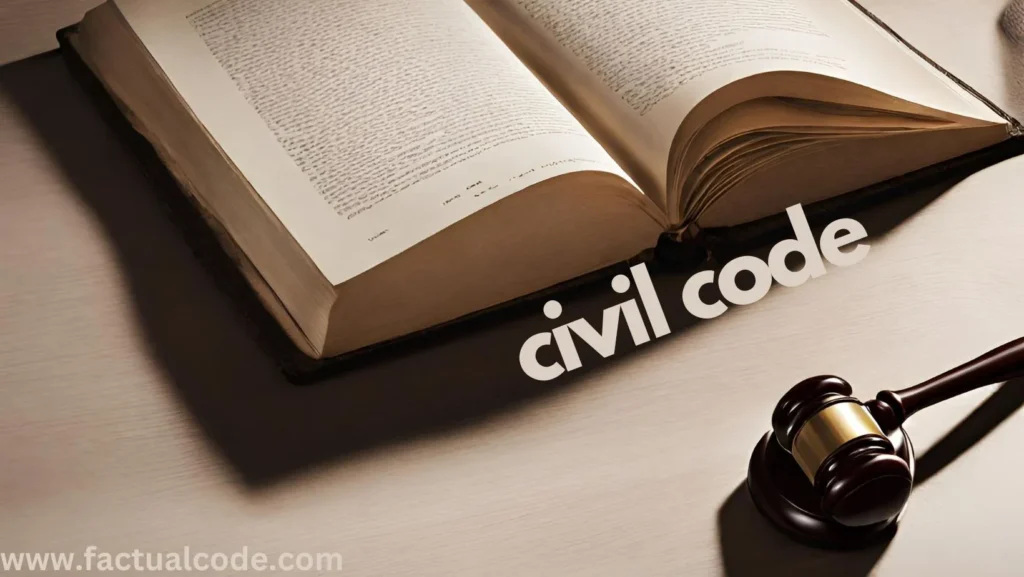Introduction ✨⚖️📖
Law, in its broadest sense, may be understood as the system of rules created and enforced by the State to regulate conduct, resolve disputes, and promote justice. Within this framework, law is divided into substantive law and procedural law. Substantive law defines rights, duties, and liabilities, whereas procedural law provides the mechanism for enforcing them. Both are complementary and essential for the administration of justice. A well-known maxim captures their relationship:
👉 “Substantive law determines rights, procedural law enforces them.” ⚖️🖋️📖
Key Differences Between Substantive Law and Procedural Law 📊⚖️📑
| Basis of Difference | Substantive Law | Procedural Law |
|---|---|---|
| 1. Meaning | Defines rights, duties, and liabilities of persons. | Prescribes the procedure for enforcing rights and liabilities. |
| 2. Nature | Concerned with “what the law is.” | Concerned with “how the law is applied.” |
| 3. Scope | Covers areas such as contracts, crimes, torts, property, and succession. | Covers pleadings, evidence, jurisdiction, appeals, execution, and limitation. |
| 4. Function | Creates, defines, and regulates rights and obligations. | Provides the machinery to enforce those rights and obligations. |
| 5. Application and Dependency | Applies to both individuals and courts directly; substantive law can exist independently. | Applies mainly to courts in regulating proceedings; procedural law depends on substantive law for its purpose. |
| 6. Effect of Violation | Violation results in new rights, liabilities, or punishment. | Violation may delay or obstruct justice but does not usually create new rights. |
| 7. Examples | Indian Penal Code (IPC), Indian Contract Act, Hindu Succession Act. | Code of Civil Procedure (CPC), Code of Criminal Procedure (CrPC), Indian Evidence Act. |
Case Law Support 📚⚖️📝
State of Punjab v. Shamlal Murari (1976 AIR 1177, SC) – The Supreme Court explained that procedural law is the handmaiden of justice and must aid in achieving the ends of substantive law.
A.K. Gopalan v. State of Madras (AIR 1950 SC 27) – The Court distinguished between substantive provisions of personal liberty and procedural safeguards under Article 21 of the Constitution.
Kailash v. Nanhku (2005) 4 SCC 480) – The Supreme Court emphasized that procedural laws are intended to facilitate justice and should not be interpreted in a manner that obstructs it.
Conclusion 🏛️⚖️✅
Substantive law establishes the framework of rights and liabilities, while procedural law ensures their enforcement through judicial mechanisms. One without the other is incomplete: substantive law without procedure is ineffective, and procedural law without substantive law is meaningless. Together, they form the foundation for the effective delivery of justice. 📖⚡🕊️

